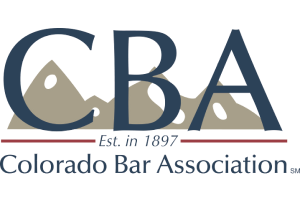In the event that an individual does not leave a will to determine the division of their property and assets, their estate will go through the intestate succession process designated in their state. Intestate succession is a legal process that comes into play when someone passes away without leaving behind a valid will or other…
Continue reading ›Boulder Estate Planning Legal Blog
A will is a legal document dedicated to setting forth an individual’s wishes regarding the distribution of their property and assets as well as the care of their minor children. A will is the most established manner of ensuring that an individual’s wishes on those matters are accurately carried out. Wills are also helpful for…
Continue reading ›Trusts are a growing tool when it comes to estate planning. As a result, trust usage is increasing throughout the nation. Trusts offer many benefits when it comes to asset distribution, but also have limitations that other estate planning methods don’t have. Trusts allow for great specificity regarding how, when, and to whom assets are…
Continue reading ›When it comes to estate planning, selecting a proper and capable trustee is one of the most important steps in the process. A trustee takes legal ownership of trust assets, manages the trust, and is responsible for carrying out the purpose of the trust. Important Factors for Choosing a Trustee There are several important things…
Continue reading ›A will is a legal document dedicated to setting forth an individual’s wishes regarding the distribution of their property and assets as well as the care of their minor children. A will is the most established manner of ensuring that an individual’s wishes on those matters are accurately carried out. Wills are also helpful for…
Continue reading ›Trusts are increasingly utilized in Colorado and throughout the nation. Trusts offer several benefits in estate planning and asset distribution. Trusts allow for great specificity regarding how, when, and to whom assets are distributed. Additionally, there is a wide variety of special-use trusts dedicated to particular estate planning coals, such as charitable giving or tax…
Continue reading ›Estate planning strategies and the creation of trusts are often used to protect a family’s assets from high tax burdens or other preventable attacks on an estate. The most common way for anyone seeking to control the division of their estate is by drafting a will, which mandates how the estate assets are divided. Some…
Continue reading ›As of 2022, Colorado features a 4.40% state income tax rate. According to the Tax Foundation, state income tax rates throughout the nation can run as high as 13.30% in California, or as low as 0% in Alaska, Florida, Nevada, South Dakota, Tennessee, Texas, and Wyoming. Some states are known for promoting favorable asset protection…
Continue reading ›When a loved one passes away unexpectedly, it can be a shocking, emotionally intense, and confusing time. The confusion may stem from figuring out what happens next. When it comes to figuring out who has legal rights to a deceased person’s property, it is not as straightforward as one may think. According to a recent…
Continue reading ›Family trusts can offer a lot of advantages, including tax advantages and benefits from long-term care planning. However, it is not uncommon for there to be disputes and conflicts between trustees and beneficiaries. When such disputes arise, there may be a time when you consider whether a trustee needs to be removed and you may…
Continue reading ›















